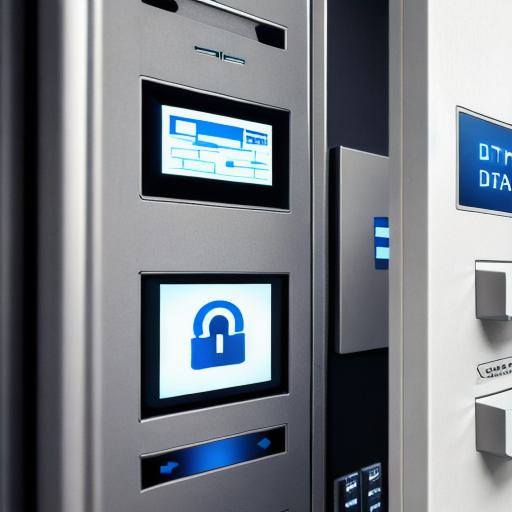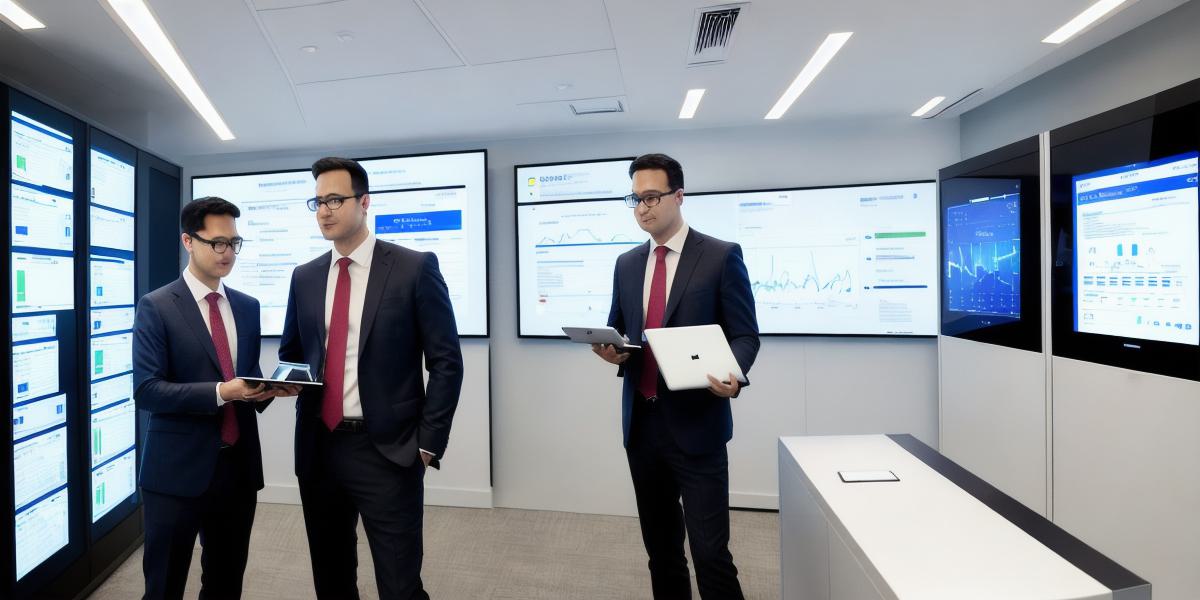Introduction:
In today’s digital age, data rooms have become essential tools for businesses looking to securely store, manage, and share critical information during mergers and acquisitions, fundraising events, or other significant transactions. In this article, we will delve into the key components typically found in a well-structured data room, enabling you to navigate through these vital processes with confidence.
- Secure Access Control:
A robust access control system is the foundation of any reliable data room. This component ensures that only authorized individuals can enter and access sensitive information. Using multi-factor authentication, IP whitelisting, and role-based access permissions, you can ensure that your data remains protected throughout the transaction process.
Example: For instance, a law firm might grant different access levels to various team members involved in due diligence – one team member may have read-only access, while another might need the ability to download or print documents.
- Dynamic Watermarking and Document Control:
Watermarking and document control mechanisms enable users to monitor who accessed what data and when, adding an extra layer of security and accountability. These features help prevent unauthorized sharing or misuse of sensitive information.
Example: Suppose a potential investor downloads a confidential report for review; dynamic watermarks will automatically appear on the downloaded copy, revealing their identity and the date and time they accessed the document.
- Version Control and Document Management:
Version control is an essential feature that lets users manage multiple versions of documents and keep track of changes made during the transaction process. It ensures that all parties have access to the most up-to-date information, reducing potential confusion and errors.
Example: During a merger negotiation, several drafts of the same agreement may be exchanged between parties. Version control helps maintain an organized record of these changes, allowing all parties to stay informed and aligned throughout the process.
- Q&A and Communication Platform:
Effective communication is crucial during transactions. A data room’s question-and-answer (Q&A) platform allows users to submit queries related to specific documents or deal information. These platforms can also facilitate real-time messaging, enabling parties to discuss critical details and resolve issues efficiently.
Example: During due diligence for a potential acquisition, the buyer’s team may have questions regarding certain financial reports or contracts. The Q&A platform enables them to submit these inquiries directly to the seller’s team, who can respond promptly with accurate information.


- Customizable User Interface:
A user-friendly and customizable interface is an essential component for any data room. It helps users navigate through the vast amounts of information easily, saving time and reducing frustration during complex transactions.
Example: A customizable interface might include features like sorting documents by date, type, or project, as well as filtering capabilities to quickly locate specific documents or information.
Conclusion:
By understanding these key components of a data room, you can ensure that your transaction processes are more efficient, secure, and effective. With the right tools in place, you’ll be well-prepared to handle any data sharing requirements that arise during mergers, acquisitions, or fundraising events.
